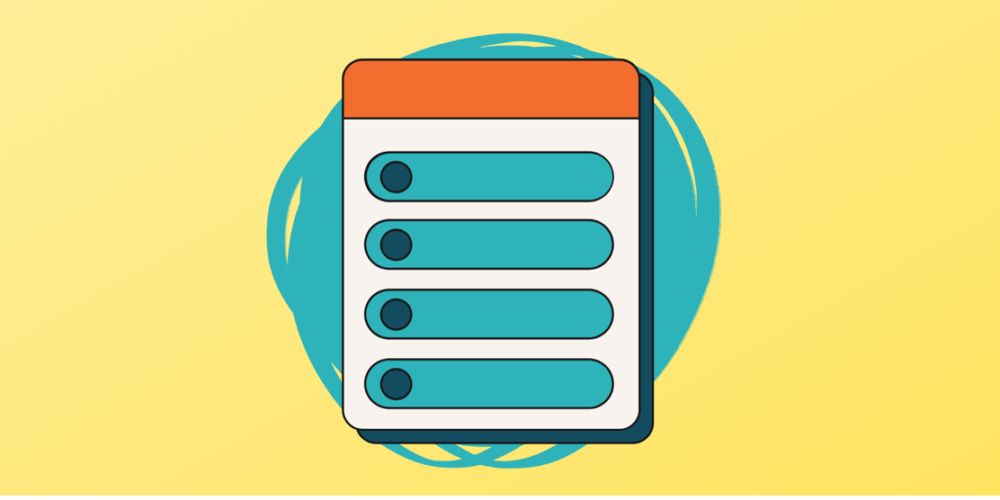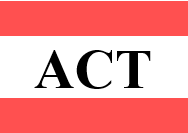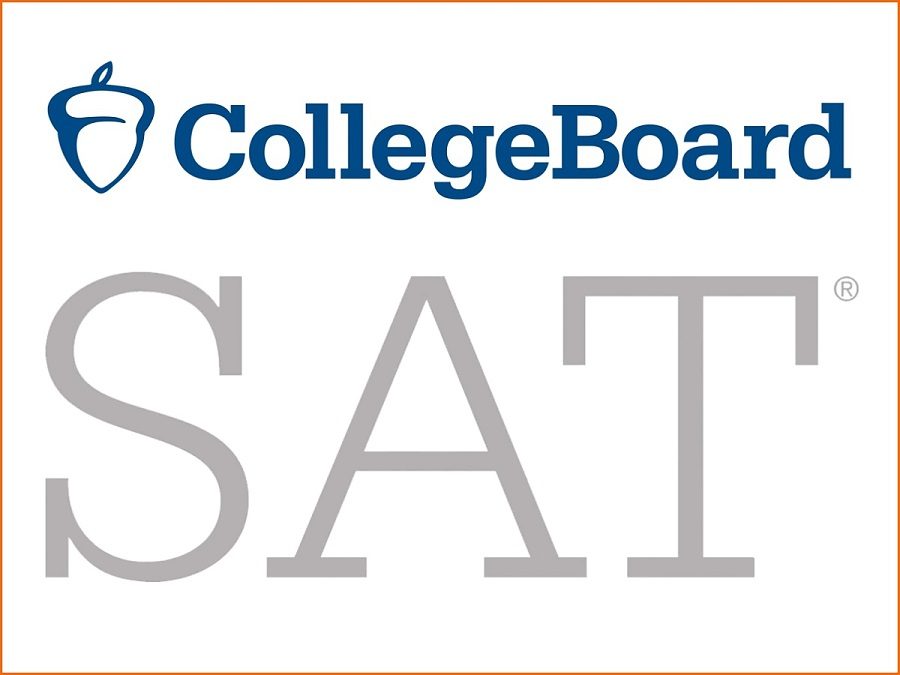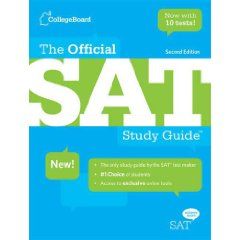In December, ACT, Inc. released the first practice test for the Core ACT, opened up registrations for the spring ACT tests, and conducted a webinar outlining the validity studies conducted last year on this new, shorter test. We are getting a clearer picture of this test, how it has changed, how many seats are available this spring, and the implications for students.
IS THE ACT GOING DIGITAL IN 2024?
In December 2023, around 5,000 students participated in the digital ACT pilot program. The results allowed the organization to make adjustments and enhancements to ensure a smooth, glitch-free exam process. A limited number of testing centers began offering the new and improved test in February 2024. However, it won’t make its official debut until the spring of 2025.
Students taking the digital ACT starting in April 2025 will enjoy greater flexibility, fewer questions, and more time to answer each question. By September 2025, these benefits will also be available to students choosing to take the pencil and paper exam on national test dates. Those who test on state or district dates will have access by the spring of 2026.
It’s important to note that digital exams will only be available through testing centers and schools on devices owned and managed by these facilities. Students will not be able to take the exam on personal devices.
Paper testing will remain available for students who prefer not to test digitally. Once the pencil and paper version of the test is updated in fall 2025, the digital and paper tests will be identical, so students can choose the method that’s most comfortable for them.
HOW IS THE DIGITAL ACT DIFFERENT?
INCREASED FLEXIBILITY
Students who prefer a digital exam format will have the option to choose the computer-based ACT once it becomes available. After all, the students taking standardized tests today are digital natives. Most of them are exceptionally comfortable with these formats, completing ACT test prep and many typical school assignments on a computer.
A SHORTER EXAM AND FASTER TURNAROUND TIME
Another major change for the new digital ACT is that the science section is now optional. As such, the core test will consist of only English, reading, and math. In addition, the three core sections will have a combined total of 44 fewer questions. In turn, the digital ACT will take two hours to complete as opposed to three for the paper ACT.
GREATER ACCESSIBILITY
Increased accessibility might be the greatest benefit of the digital ACT.
Of course, the digital ACT offers a host of other built-in features to accommodate the needs of all students including:
- Choice of colors and color contrast
- Magnification
- Line reader tool (mimics straight edge used in paper testing for visual tracking)
- Highlight text or parts of an item
- Answer-masking or custom masking
- Mark an item for review
- Option eliminator
- Indicator of time remaining
- Online calculator
NEXT STEPS
The ACT is evolving to meet the needs of students, increase accessibility, and give test-takers more control over their exam experience with the up-and-coming digital format. By reducing the core requirements and overall test length, leaders within the ACT organization hope to minimize exam fatigue and help students achieve their goals.
At Socrato, we’re committed to supporting students by providing best Mock Practice test so they can prepare better for the exam.
We help prepare students to perform at their highest level on exam day.










